Since 1986, the Jesuit Dallas Museum has hosted many impressive works of art and exhibits. Most recently, Dutch artist Johannes Boekhoudt, kindly gave a series of 10 paintings from his new Without a Face series. Each painting depicts children experiencing war and catastrophe all around them. His vision is that the children are advocates for the horrendous situations of social injustice that many experience in their day-to-day lives.
A reporter from the Roundup conducted an interview with Jesuit Dallas Museum Director Mrs. Elizabeth Hunt-Blanc to discuss this new art showcase as well as the meaning and purpose behind it.
Johannes Boekhoudt’s Background
Born in 1966 in Curacao and raised in Costa Rica, Boekhoudt has always been in love with art. During his youth he would go to the library to research and study the paintings and works created by many famous artists from the past. Even with all of this interest, he was discouraged by his parents from enrolling in art school due to the possible economic instability behind the profession. Because of this, he became a commercial airline pilot and pursued this career for about 10 years instead. His aviation career ended in 2001 after hearing the horrible news about the 9/11 attacks on the World Trade Center towers and Pentagon. This is where his dream of becoming an artist came true. From then on, he has been diligently working to be a social activist through his art.
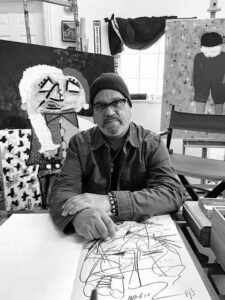
The Purpose Behind Boekhoudt’s Creations
JDM Director Mrs. Hunt-Blanc describes the social aspect behind the Without a Face paintings brought in by Boekhoudt.
“These works are for the awareness of the plight of children in war, not any specific war but all different wars. And all of the children have bandanas on their faces, and that is because they don’t want to see the atrocities from war.”
“What he wants to denounce are cases of domestic violence, human trafficking, human rights, youth rights, abandonment of the hopeless children and elderly, and freedom of expression; he also is a big supporter of women’s rights and diversity. He wants people to be aware of social justice through his art.”
“I paint our current reality with true responsibility.” -Johannes Boekhoudt
How Boekhoudt Made His Artwork
Boekhoudt’s works are oil paintings on canvas that incorporate crosses made from impasto brush strokes. Mrs. Hunt-Blanc describes how these crosses came to be in Boekhoudt’s works. “In all of Boekhoudt’s works, he has all of these crosses, and those are the Christian crosses that he makes dominant in all of his work. He calls it ‘crossilism’ and he says that he does it as gratitude toward his Catholic upbringing and his gift as an artist.”
Boekhoudt also covers the faces of all of the children in the pieces in Without a Face in bandanas. “Society forces the children to see all kinds of war. That’s why they cover their face with a bandana. They don’t want to see any more atrocities happening around the world,” -Johannes Boekhoudt.
Without a Face – 10 Art Pieces
Below are all 10 art pieces used in the Without a Face exhibition.
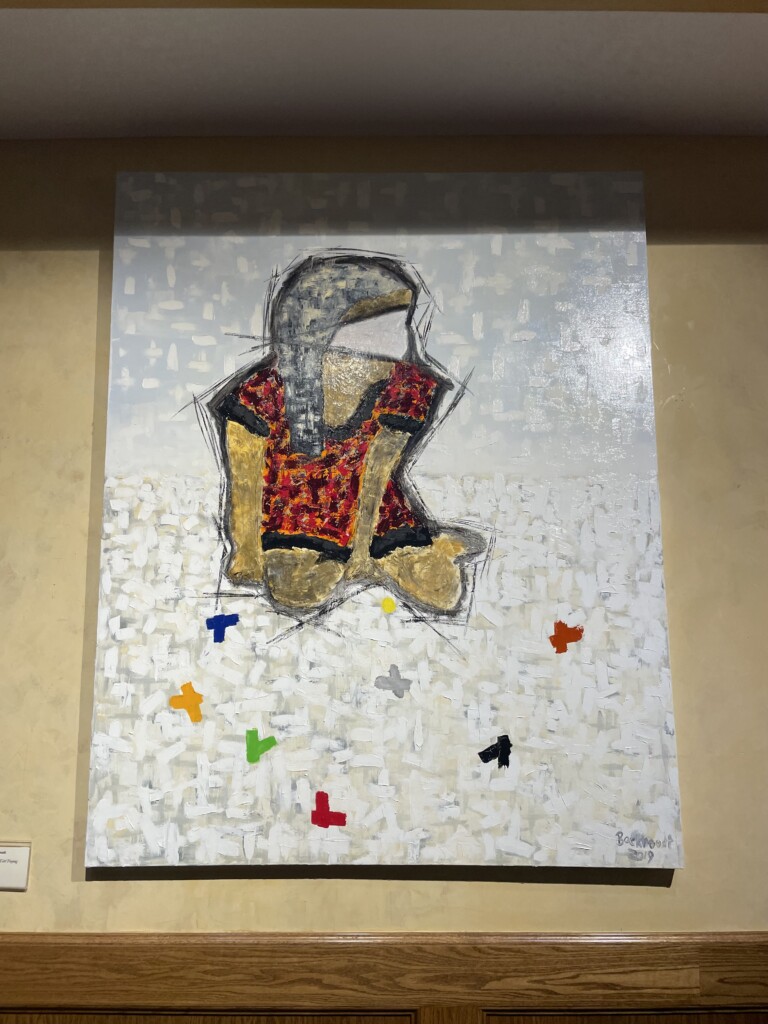
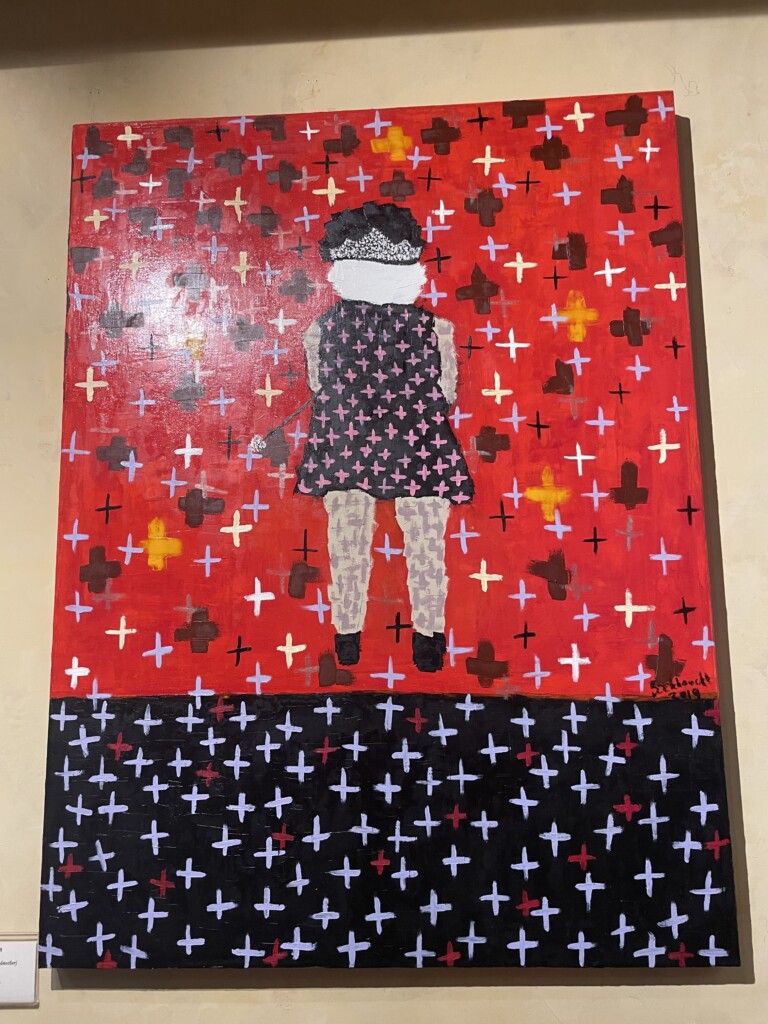

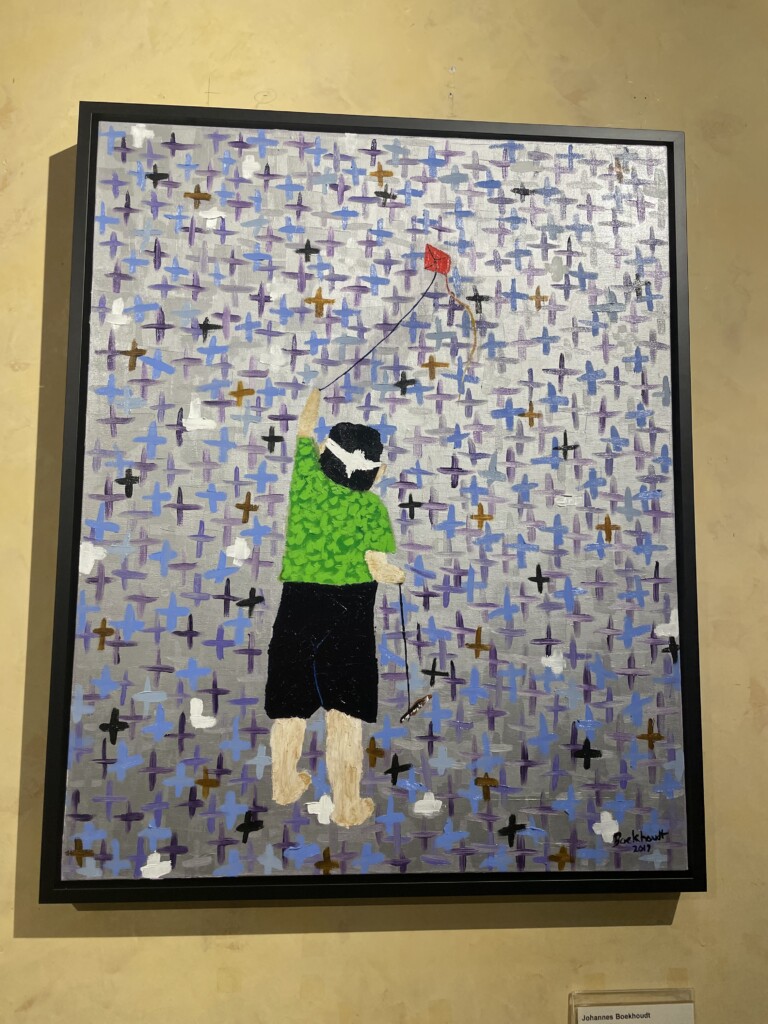
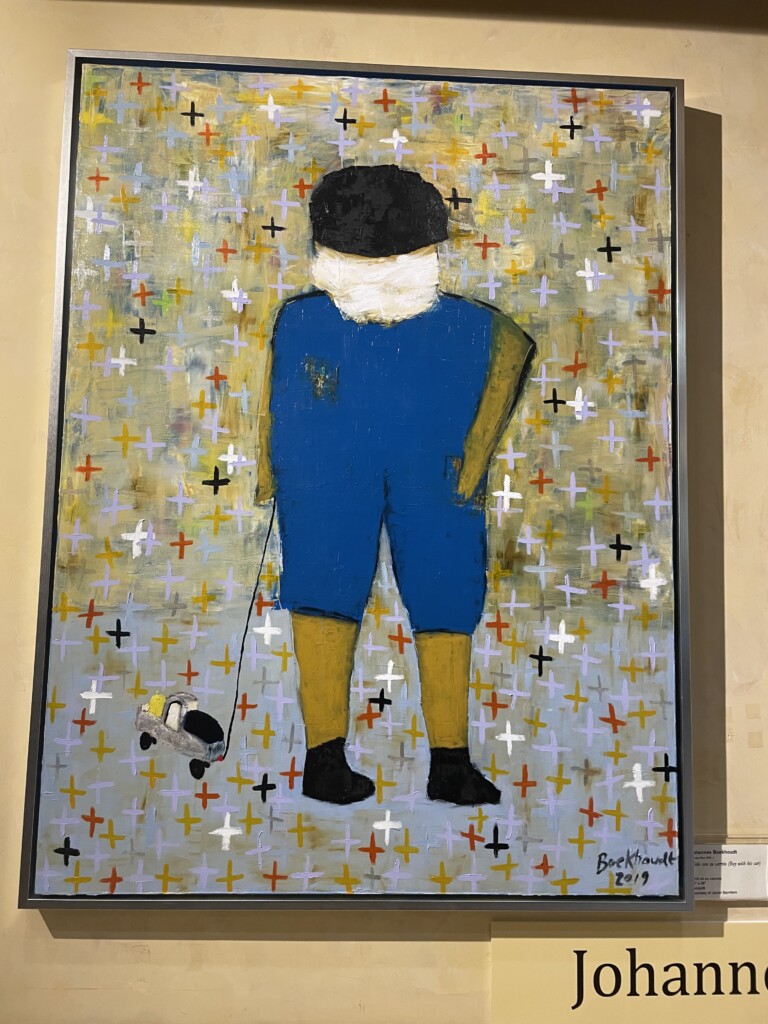
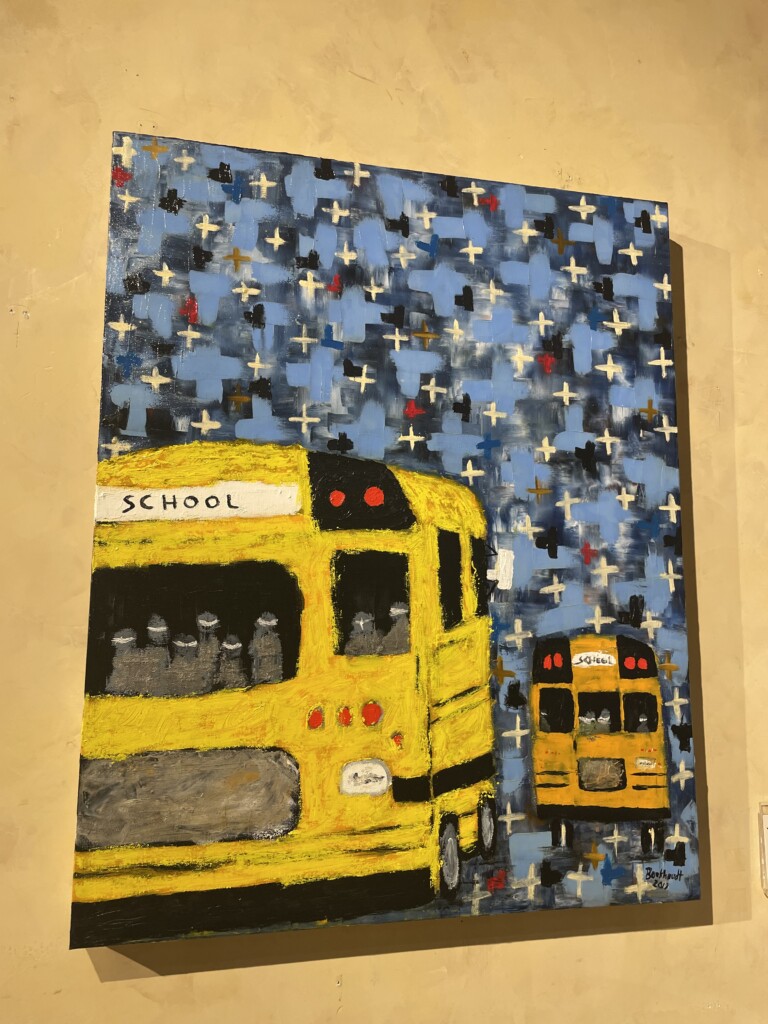
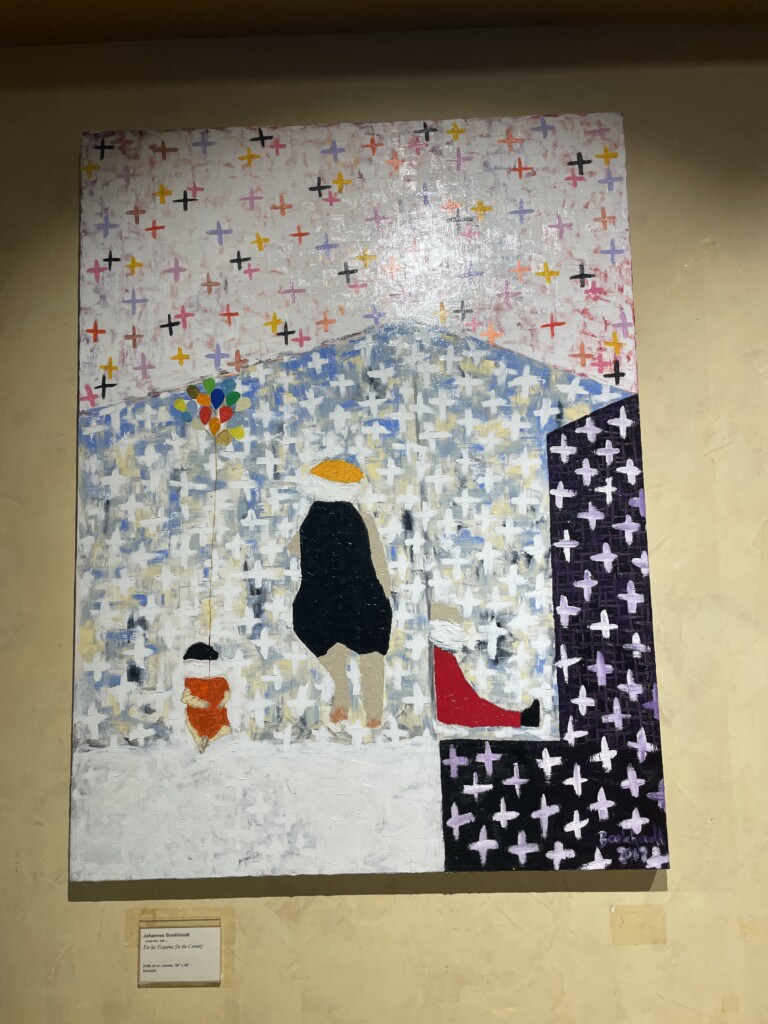
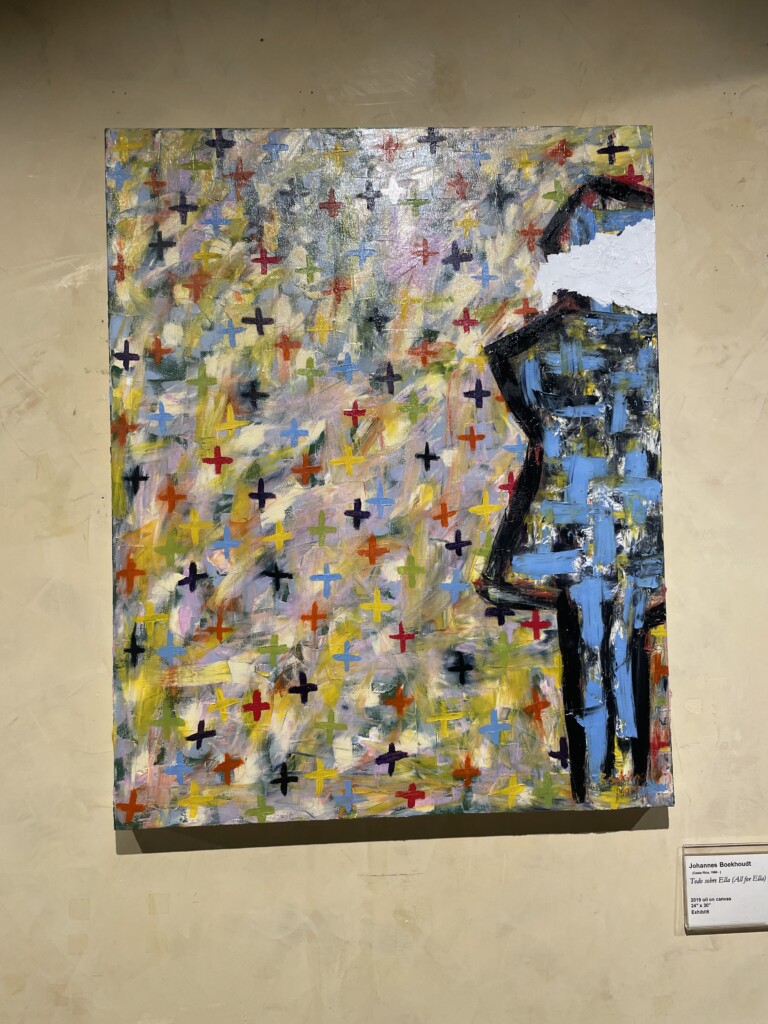
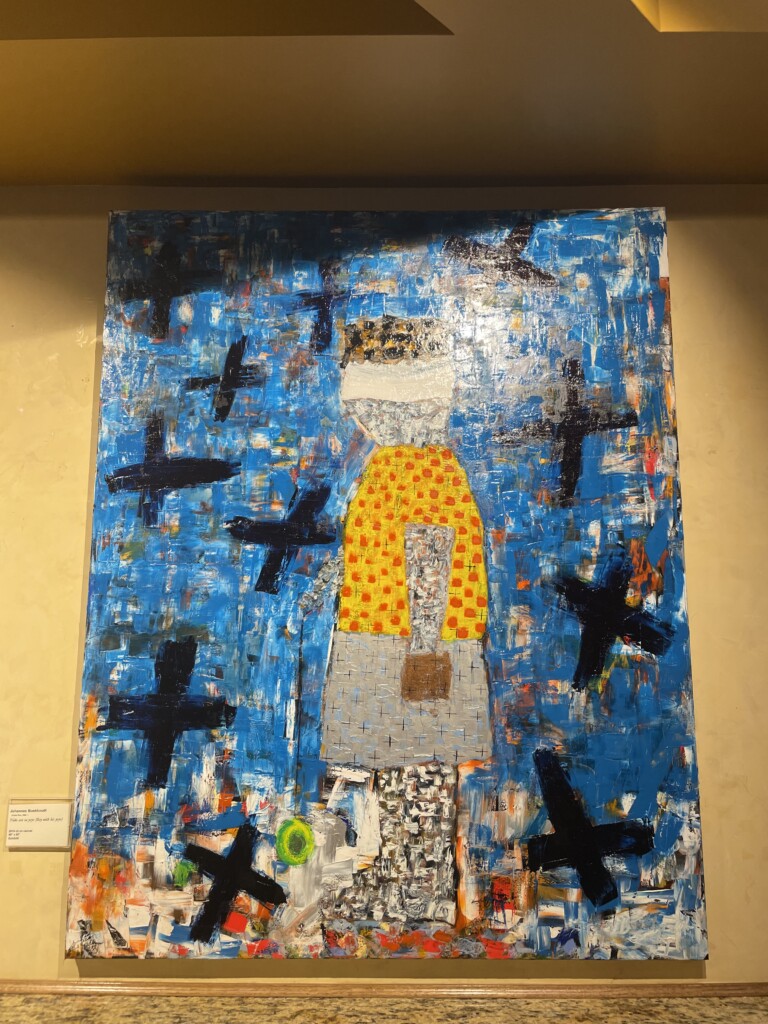
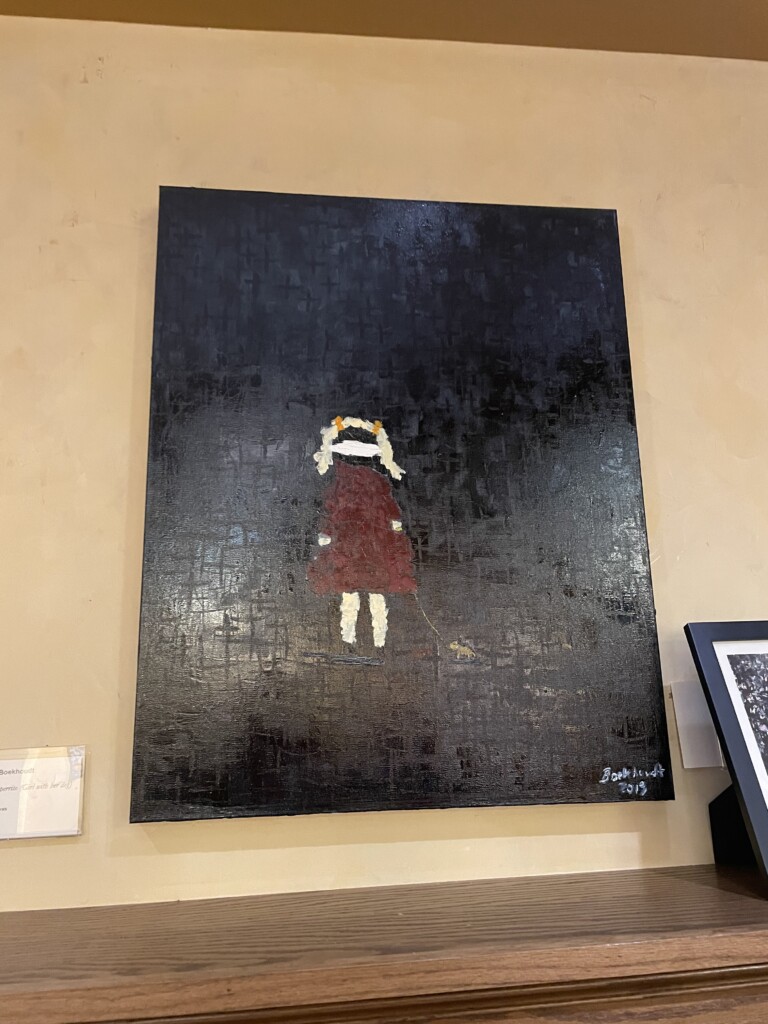
Other Pieces Made by Boekhoudt Residing in the JDM

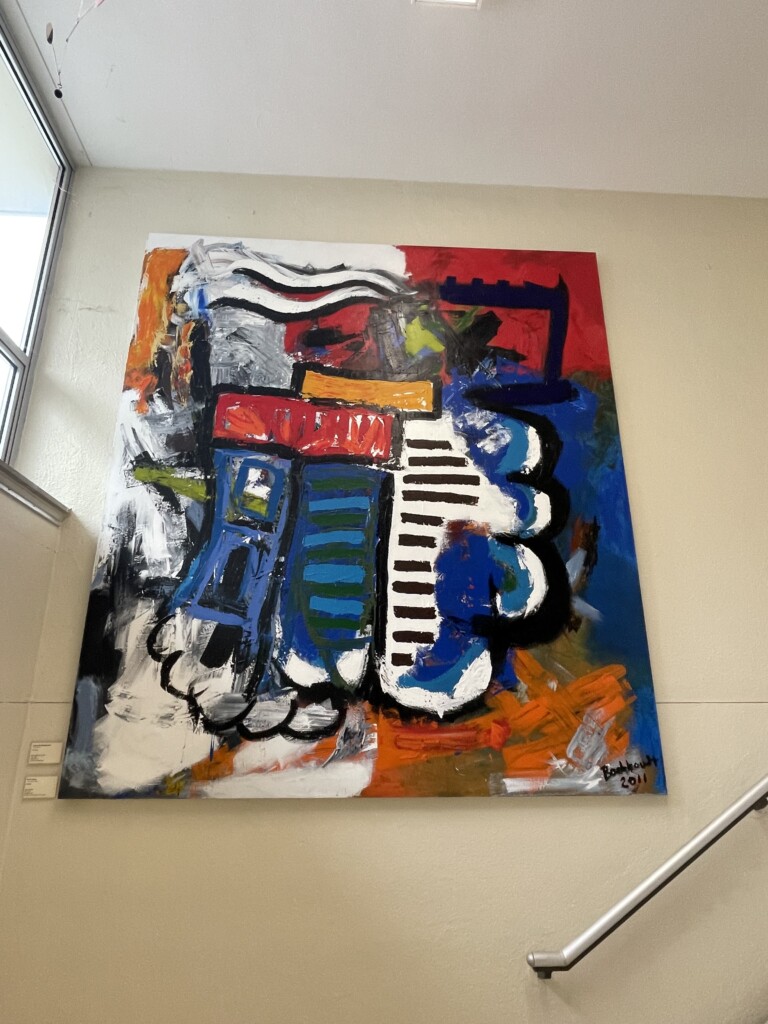
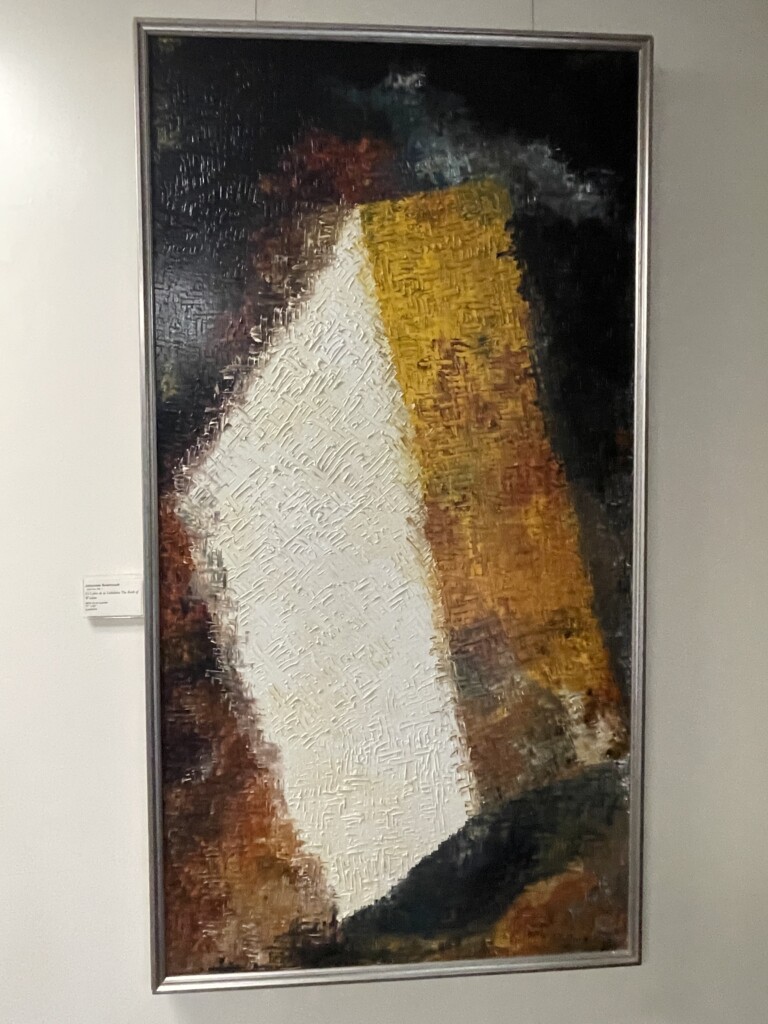
“We need to empower the next generation to raise their voice, to make the change, and i guarantee you in 18 years we can have a better society.” -Johannes Boekhoudt
We are incredibly grateful for all of Boekhoudt’s paintings and contributions to the Jesuit Dallas Museum as well as for his work in fighting pressing issues being experienced in other parts of the world.
Thank you to Museum Director Mrs. Hunt-Blanc for putting in the efforts to get these pieces in our spectacular museum and for making this incredible interview possible to discuss Boekhoudt’s contributions.
Tune in to the Roundup for upcoming news and articles about the Jesuit Dallas Museum!
